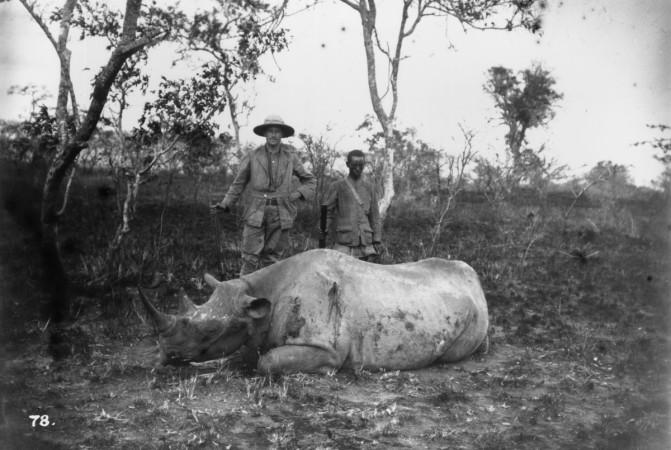
The steady loss and eventual extinction of large-bodied land animals to extinction have been found to be a direct impact of human activity. While large animals are more heavily impacted by climate change and degrading environmental conditions, the threat to their existence is more direct- humans are simply killing them off. This has led to the body size of land mammals to actually reduce in size over thousands of years.
A new study has found that as humans took over the planet and started to spread, the number of large animals started to drop dramatically. If this trend continues, the largest land animal is likely to be the cow, notes a report by NBC.
The study, titled "Body size downgrading of mammals over the late Quaternary" has found that since the Pleistocene period, there has been a constant struggle between humans and large animals. All habitable continents were home to large-bodied animals, but now they are contained within the continent of Africa, notes the study. This decline in numbers is directly in line with the global expansion of human beings, over 125,000 years of human history and spanning 200 years into the future.
Common knowledge said that climate change over the years allowed humans to spread all over the globe also eventually led to the demise of large land animals, but this new study went through fossil records of mammals and compared them to the spread of humans in those regions.
There was little evidence to support the theory that it was climate that killed off the "megafauna" from continents. In fact, for several years, humans and large animals lived side by side. "For example, a striking feature of the Pleistocene was the abundance and diversity of extremely large mammals such as the mammoth, giant ground sloth, woolly rhinoceros, and saber tooth tiger on all habitable continents," wrote the researchers in the release.
Climate change affected both large and small animals equally, the study found, but only the large animals faced extinction. "If climate were causing this, we would expect to see these extinction events either sometimes (diverging from) human migration across the globe or always lining up with clear climate events in the record," another researcher, Kate Lyons, said in a statement. "And they don't do either of those things."
A combination of human-made threats, including hunting, introduced predators, and habitat takeovers and modification is the lethal injection that is killing off the animals. Also, the report mentions that the continued extinction of large animals is still ongoing.
On why humans kill large animals, the researchers say that it made sense back in the hunting-gathering days. It was better for hunters to kill a massive animal for food, or glory and feed their entire tribe or village than to kill a rabbit and feed two. As to why it still happens, "It just seems to be something that we do," said Lyons.














